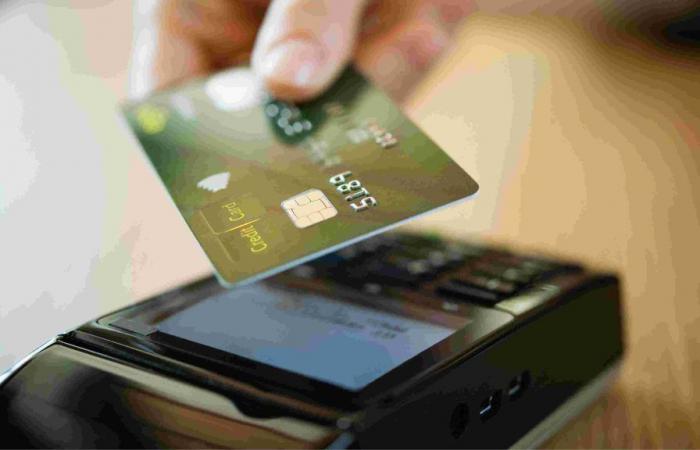Credit card
Paying with the palm of your hand will be a reality very soon
Mastercard has glimpsed an innovative future in payments that could end the Credit cards by 2030. The company is studying the possibility of implementing a system based on tokens random, so each transaction will generate a unique number to ensure security and protect personal information.
The most revolutionary thing about this proposal is the authentication method: instead of entering these numbers, you will use biometric scans of specific parts of the human body to confirm purchases, such as the palm of the hand. This approach promises to not only simplify the payment process, but also strengthen security by eliminating the need to share sensitive information.
The end of credit cards
In a step towards the future of secure payments, Mastercard has announced its most ambitious plans to eliminate credit card numbers. This transformation means that the cards will be replaced by tokens randomly generated by 2030, a measure designed to improve security and simplify transactions throughout Europe.
Mastercard’s initiative is not limited to a technological change; involves extensive collaboration with banks, companies fintech and businesses to implement fast and secure payment systems. This approach includes options such as biometric identification or single use codes through mobile applications, promoting a simplified one-click payment process.
The main objective is to significantly reduce fraud, a persistent challenge in the digital payments ecosystem. Although the tokenization It is not a foolproof solution, it is expected to contribute to mitigating risks by introducing additional layers of security.
Europe is positioned as a pioneer in this transition towards advanced digital payments, supported by initiatives such as the digital euro investigation by the European Commission and the European Central Bank. These efforts aim to modernize the financial landscape, adapting to a future where traditional identification and payment methods could become obsolete.
«The fusion of the tokenization with Click to Pay and access codes or passkeys payments – that leverage biometric authentication based on online mobile devices to eliminate passwords and one-time codes benefits the entire financial ecosystem: users will be able to experience faster and more secure payments; and merchants will see increased sales, protection against fraud and higher approval rates,” the company defends, according to Europa Press.
The case of Amazon One
Amazon One is a palm reading technology that has been successfully implemented in several countries, although it has not yet reached Spain. To carry out this project, Amazon has established a strategic partnership with Panera with the aim of integrating Amazon One in its establishments in the United States, allowing customers to use the palm of their hand to make payments and manage loyalty points associated with MyPanera membership.
The initial process involves linking the MyPanera membership with an Amazon One account, thus facilitating authentication through biometric palm scanning to make purchases and access loyalty benefits. This innovation could set a precedent for its expansion to other countries and business sectors.
Since its launch in 2020, Amazon One has been tested in various environments such as Whole Foods and concert venues, but its implementation at Panera represents the first significant adoption in an American restaurant. According to Panera, this technology not only simplifies payments, but also improves the customer experience by customizing the service based on the preferences and purchasing habits of customers identified through Amazon One.
In addition to managing financial transactionsAmazon One is used to manage loyalty point programs, allowing customers to accumulate and redeem rewards efficiently. This comprehensive approach could open new possibilities for the expansion of technology beyond payments, transforming the way consumers interact with the services of restaurants and other commercial establishments.
Although the system has received criticism related to the privacy and data security, its advocates highlight its advantages in terms of personalization and convenience for regular users of these services.
This is how payments are made in China
@adriandiazmarroPayments with the palm of the hand in China♬ original sound – AdrianDiazMarro
Tencent, a prominent technology company, has innovated with a method of biometric payment which uses palm scanning. This technology integrates with the popular mobile payment platform WeChat Pay to facilitate secure and fast transactions.
According to the developers, this solution is already operational in several stores in Shenzhen, offering a intuitive experience For the users. To use it, the buyer simply slides his or her palm over a device equipped with a biometric recognition screen.







